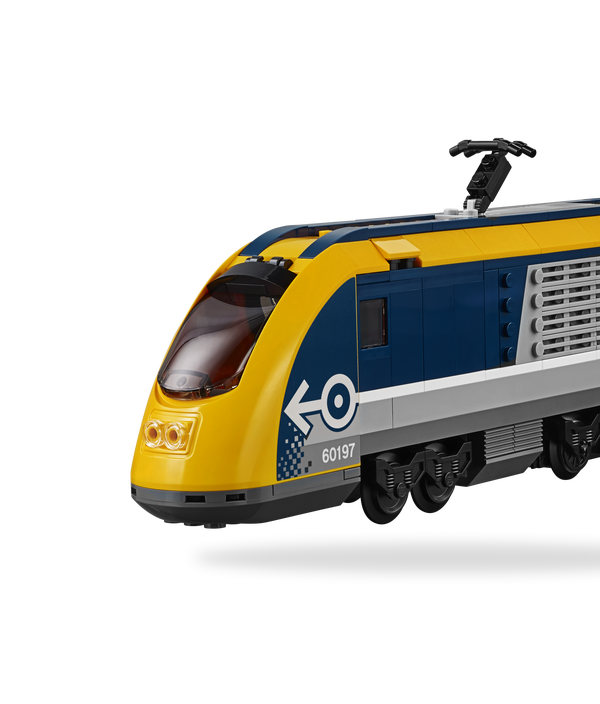Unlike competitive games, collaborative play encourages kids to cooperate with each other in order to achieve a shared goal. This often involves taking turns, following rules, sharing, negotiating and compromising – all valuable skills that are important for children to learn.
While there are many ways for kids to play together, the key to cooperative play is teamwork.
What are the benefits of cooperative play?
There are many benefits that kids can gain from playing collaboratively with children and adults, as it’s through this kind of play that they learn about other people’s needs and develop key communication skills as well as a sense of empathy. Let's take a look at some of the key benefits of cooperative play in closer detail.
Collaborative Kids Are Better Communicators
Collaboration essentially means working with others, and kids are quick to learn that working together often relies heavily on being able to communicate in order to succeed.
This means that collaboration helps kids to express themselves clearly to others and convey meaning while simultaneously making sense of the information they’re getting from their surroundings and the children they’re playing with.
As children’s communication skills grow, they also develop an understanding of why it’s important to listen and respect one another and each other’s perspectives.
Collaborative Kids Can Solve Conflict Better
From the day they’re born, parents shower their kids with love, affection and attention. In fact, the world inside their home and family pretty much revolves around them, which is why it’s understandable that kids develop a belief that everything is about them.
As adults, we know better, but it can take kids time to learn that everyone is equal and as important as they are.
Through collaborative play, kids learn to share and take turns. As kids get more used to how these concepts work, they’ll soon recognise the effort their friends put into achieving the same goal and they’ll respect them for it, which in time will turn into trust.
Forming such relationships and developing collaborative skills will help them learn to resolve conflicts as they appreciate the value of cooperation and why it should be prioritised.
Collaborative Kids Learn to Solve Problems
Just as it can help kids learn to resolve conflict, cooperative play can teach kids how to solve problems better. As they collaborate, kids will discuss the task at hand and work together to find the best way of achieving their goal.
Furthermore, as kids improve their communication skills and learn to respect other perspectives, they develop the skill of being able to approach a problem from different angles.
Collaborative Kids Learn to Manage Their Emotions
Working as part of a team can be emotional. When you win or reach your goal, it’s exciting, but it can be disappointing when the opposite happens.
This mix of emotions can be a lot for kids to take in, and processing so many feelings at once can be overwhelming.
As kids expose themselves to feeling these emotions in a collaborative environment, they learn how to deal with them and better regulate their feelings and behaviour.
Collaborative Kids Find Their Place in the World
Through collaboration, children learn the foundations of social structures and how that affects them. As kids play with each other, they develop an understanding and a fondness for other people as they make friends they trust and respect.
This can help kids develop a sense of selflessness as they learn to understand and recognise that everyone has their own needs, wants and feelings. As they develop this understanding, they’ll start to learn how they can help people and recognise the feel-good factor that comes with doing good things.
Cooperative Play Examples and Activities for Toddlers (1.5 to 3 Years)




